We recently met with Senior Innovation Manager, Max Pearson, to discuss his career to date and how he discovered the world of R&D incentives. Max has a PhD in Structural Engineering and worked in the construction industry prior to joining Ayming.
What did you study before moving into consulting?
I studied for a BEng. in Civil Engineering for three years at Kingston University. After graduating, I decided to continue my education and began to study for my MPhil. which involved deeper research into structural engineering. At this point you’d think that the work load was too much, but my interest in the industry was only strengthened. As a result, I studied and completed my PhD, which focused on the behaviour of BFRP reinforced polymer at various levels of pre-stressing in post-tension concrete. Friends and colleagues now like to call me, Dr. Concrete!
During my PhD I took part in a knowledge transfer partnership. This is where companies bring their ideas to a university to develop a proof of concepts when they are unable to run tests in-house. I did this for 6 months, working in areas that centred on sustainability and algorithm development. The project I worked on involved testing a concept that sought to prevent automatic doors opening every time someone walked past them. In order to overcome this, we had to track the behaviour of people walking past and develop an algorithm that would predict different angles of how people would walk towards the door, so when you walked past, it wouldn’t open.
This experience gave me an insight into the direction that the construction industry was beginning to take with regards to smart buildings and automation. There is a progressive movement towards digitalisation, in terms of computer programming and algorithms, where there is less need for calculators and spreadsheets. I was beginning to see how construction was thinking ahead in terms of how to make buildings smart, where innovation surrounding the equipment and systems used were starting to become a focus point.
What interested you in civil engineering?
For me, buildings are essential and I feel we take them for granted. I remember seeing a statistic when I was studying saying that we spend over 90% of our lives indoors. Therefore, buildings simply can’t fail, and when they do it’s a significant event. This is because we put trust in buildings more so than any form of transportation or product. What also attracts me to construction is the fact that when you design and construct a building, it will still be there in over 100 years’ time for generations to see, there is a sense of permanency. If I was designing a car for example, I could say “That’s my car design” but 8 years later you probably wouldn’t see that model on the road anymore. As cars are constantly evolving and modernising it would inevitably be replaced, whereas buildings are more permanent.
Specifically in civil and structural engineering, over any other type of engineering, I always thought that the test of a good engineer is that people don’t even know that you have done it. We don’t even think about the structures around us, it’s something that we are just comfortable with and where people don’t think that there is any R&D is what contributes to a good engineer; when it’s just effortless. The thought of a design lasting, and being something that is so crucial, is what really piqued my interest in civil engineering.
Did you work as a consultant straight after you finished your studies?
After I finished my PhD, I started job hunting and came across many opportunities to go into design engineering. However, I was also offered an interview for a role in R&D Tax at Ernst & Young (EY). I’d often walked past EY’s office in London Bridge and was always intrigued to know what work was taking place inside. To satisfy my curiosity I went along to the interview, not taking it too seriously, and told them that I had just wanted to walk inside and see what it was they did! Luckily, not only did they not take offence, they actually offered me the job! And that was my introduction to the world of R&D Tax. I had just came out of university, I had no idea what R&D Tax entailed, however, being an engineer I thought I’d give it a go and see where I could apply my knowledge. You could say that I fell into consultancy straight away.
How did your background in engineering help your work in R&D tax?
I worked at EY for a year, although at this time working in R&D Tax wasn’t for me, because I still had a real desire to be an engineer. I had been trained as an engineer for seven years and so I finally decided to move to the other side of the table to become a design engineer.
Ironically, I soon recognised the benefit that an R&D tax claim would give to my own company! Through being in the design industry I started to see that the construction industry made little or no profit at all. The industry merely ticks along and is a real litmus test of how well a country is doing. As soon as the construction industry dips, the whole world dips, it can even predict a recession.
I felt that people didn’t understand or respect the construction industry enough, and it is often associated with negative stereotypes. Whilst this is what the public can sometimes see, in actuality behind the scenes are some of the smartest people you will ever meet in terms of mathematical skills and knowledge of the built environment.
With my experience at EY I was able to see the benefits that R&D tax would bring to the company where I was a Design Engineer. I helped them compile their R&D tax claim and I was able to make them 20x the amount of qualifying expenditure! At this point I realised that this is the help the construction industry needs. I was working for a small post-tension concrete company, but it became clear I could really help other construction companies articulate their design and challenges to HMRC in a better way, and therefore help improve the construction industry as a whole.
So, you decided to move back to consulting?
Yes, I took the leap and moved back into the Big 4, this time at KPMG where I stayed for 5 years. It was then that I saw an opportunity to join Ayming. I noticed it had a considerably high number of clients within construction, and knew that I would fit in well with my industry background.
At Ayming, it’s very much teamwork orientated and dynamic. It’s also not so different to working on my PhD, in terms of the level of expertise. You work as a team but you also have to be an expert in your field as the team is full of industry specialists.
One of my favourite phrases is “Every day is a school day.” I am constantly learning from projects and clients. My background knowledge is a foundation, but as a consultant you are on the frontline, learning about the innovative projects at the forefront of the industry such as different elements, methods and designs. Like studying, you are learning about all these different implications.
What are your thoughts on the future of the industry?
My biggest take away is understanding that the future of construction will have less on-site people, where robots will replace people and drones will be used to check the work. For example, 3D manufacturing principles and modularisation is already being used to build houses in the space of weeks. Of course, there is a social question of how we as people will change as we are less needed. It’s predicted that this job loss will be gained in the technology fuelling this automation – and a new industry will be created. One that I’m very excited about!
Want to join the Ayming team?
We’d love to meet you at our next Ayming Job Date event taking place on 20 November in Shoreditch.
Ayming’s success, and the improved performance achieved with our clients, is built by our people – through their expertise, knowledge and experience. Having industry specialists on board, from a wide range of backgrounds, allows for a versatile team who support each other by sharing knowledge and ideas, as well as combining our complementary skills to create the best outcomes.



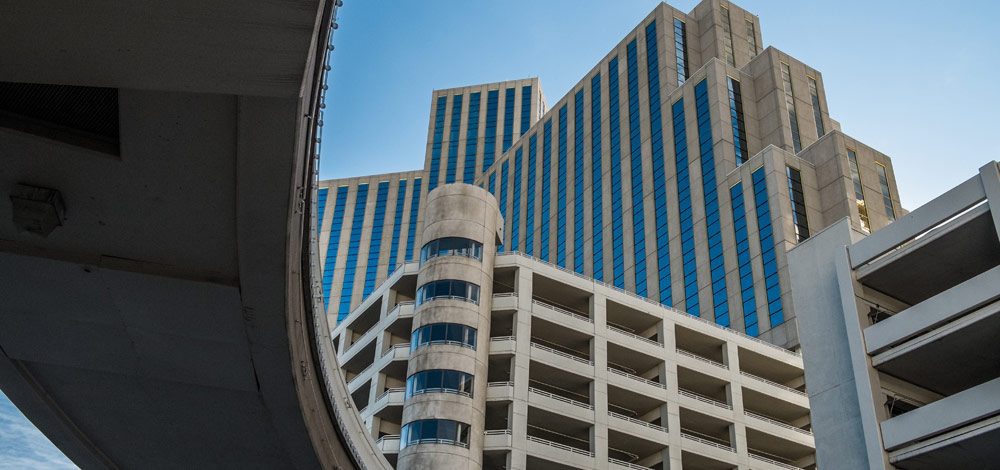
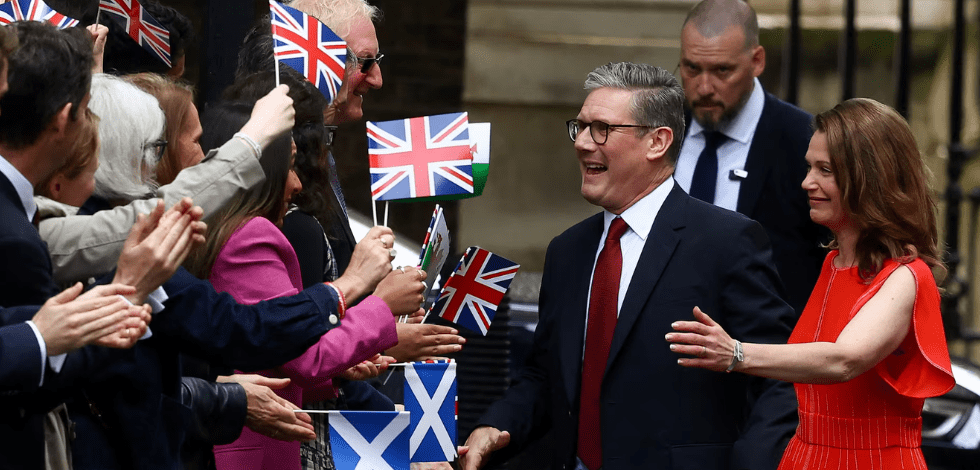
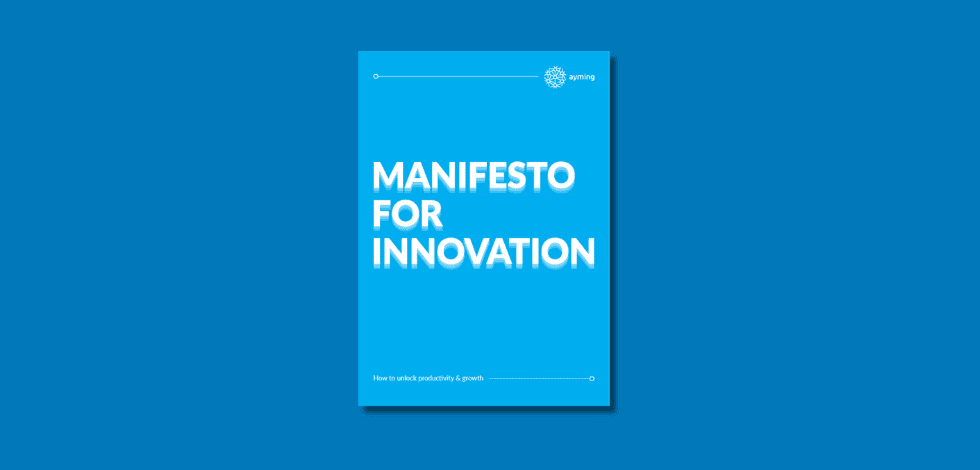


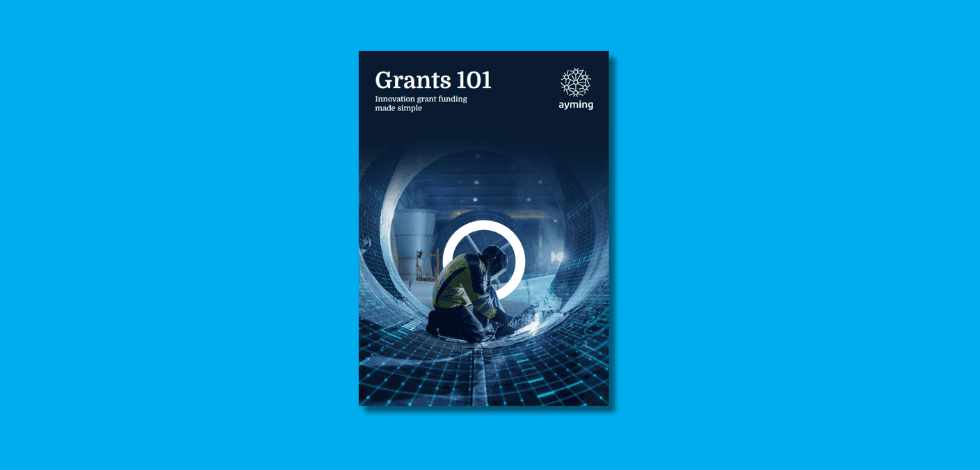


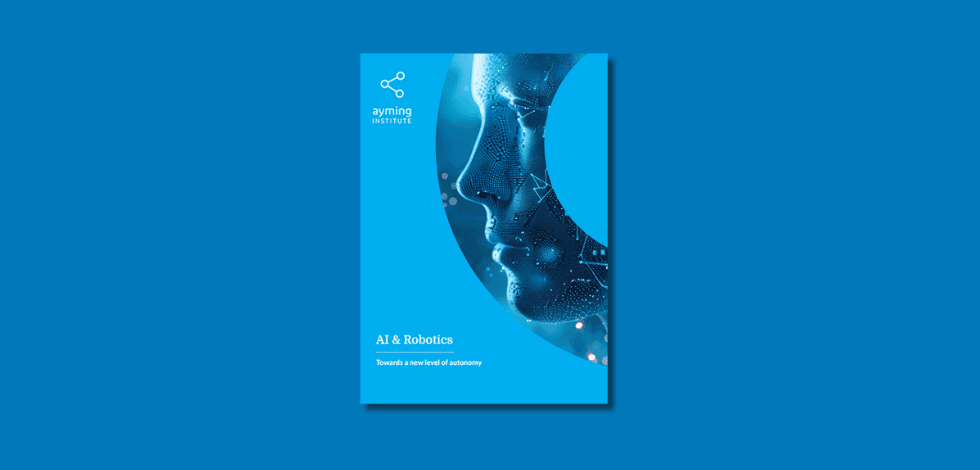
No Comments